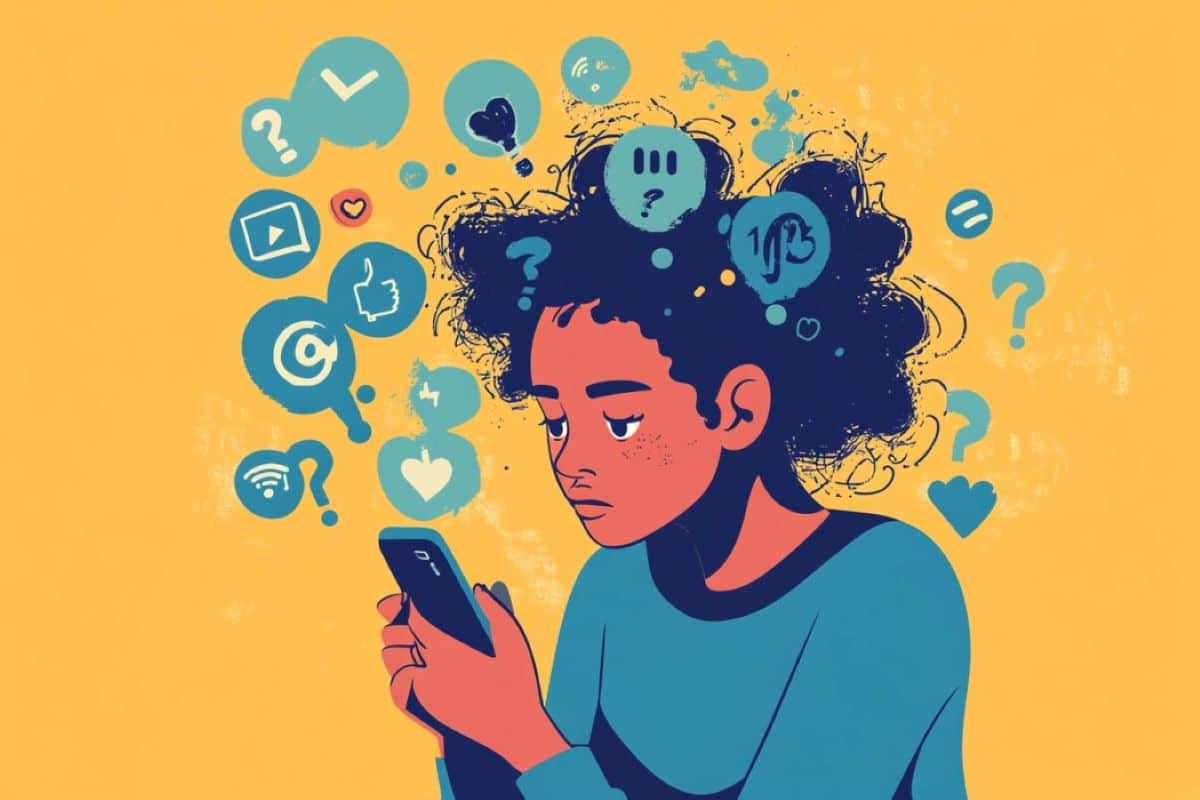Summary: 25% of adults in the US suspect they may have undiagnosed ADHD, but only 13% have consulted a doctor. Social media is raising awareness, especially among young adults, but experts warn of the risks associated with self-diagnosis. Adult ADHD, often undiagnosed in youth, presents unique challenges and is often confused with anxiety or depression.
Experts encourage those with anxiety to seek medical evaluations to avoid misdiagnosis and inappropriate treatment. Accurate diagnosis is essential for managing ADHD symptoms, especially since stress can exacerbate its effects. Experts emphasize the importance of a thorough assessment rather than relying solely on social media insights.
Key facts
- 25% of adults suspect they have undiagnosed ADHD, but only 13% have consulted a doctor.
- ADHD symptoms in adults may look different than in children, often with less hyperactivity.
- ADHD shares symptoms with other conditions, highlighting the importance of professional evaluation.
Source: Ohio State University
Attention-deficit/hyperactivity disorder — also known as ADHD — is generally thought of as a childhood condition. But more adults are realizing that struggles with focus, attention and restlessness may actually be undiagnosed ADHD, thanks in large part to social media videos garnering millions of views.
A new national survey of 1,000 American adults by The Ohio State University Wexner Medical Center and College of Medicine found that 25% of adults now suspect undiagnosed ADHD. But what worries mental health experts is that only 13% of survey respondents shared their doubts with their doctor.
This raises concerns about the consequences of self-diagnosis leading to mistreatment.
“Anxiety, depression and ADHD — they can all look the same, but the wrong treatment can make things worse instead of helping the person feel better and improve their functioning,” said Justin Bartarian, an assistant clinical professor of psychology at Ohio State. Department of Mental and Behavioral Health.
An estimated 4.4% of 18- to 44-year-olds have ADHD, and some aren’t diagnosed until they’re older, Bartarian said.
“There’s definitely more awareness of how it can continue to affect adults and many people realize that once their children are diagnosed, they also match these symptoms, because it’s a genetic disorder,” Bartarian said.
The survey found that younger adults are more likely than older generations to believe that ADHD is undiagnosed, and they are more likely to do something about it.
Seeing a medical professional, usually their primary care provider, getting a referral to a mental health professional, to be thoroughly evaluated, accurately diagnosed and effectively treated, Bartarian said.
“If you’re seeing videos on social media and you think you might meet the criteria for this disorder, I encourage you to get an evaluation from a psychologist or a psychiatrist or a doctor,” Bardarian said. .
What is Adult ADHD?
Adults struggling with ADHD often have problems with attention, hyperactivity, and impulsivity severe enough to cause ongoing challenges at school, work, and home. These symptoms are persistent and disruptive and often re-diagnosed in childhood.
ADHD in adults occurs in:
- Adults diagnosed as children, but symptoms persist into adulthood.
- Although adults diagnosed for the first time experience symptoms that have been neglected or misdiagnosed since childhood.
As a symptom over-performance is generally less common in adults than in children. Many adults with ADHD struggle with memory and concentration problems. Symptoms of ADHD are often worsened by stress, conflict, or increased demands in life.
What are the common types of ADHD?
The three types of ADHD are:
- Inattentive ADHD – Inability to concentrate and distraction. It is also known as attention deficit disorder (ADD).
- Hyperactive and impulsive ADHD – Hyperactivity and impulsiveness.
- Combined ADHD – This type causes inattention, hyperactivity and impulsiveness.
ADHD can be difficult to diagnose in adults because some symptoms are similar to those of other mental health conditions, such as depression or anxiety.
“Symptoms of ADHD can be different between different people,” Bartarian said. “Some may have more difficulty concentrating in lectures or the setting, while others may have social problems such as impulsivity and trouble following conversations.”
Enumeration method
The survey was conducted by SSRS on its Opinion Panel Omnibus site. The SSRS Opinion Panel Omnibus is a national, bi-monthly, probability-based survey. Data collection was conducted from August 16 to August 18, 2024, on a sample of 1,006 respondents.
The survey was administered via the Internet (n=975) and telephone (n=31) and was administered in English. The margin of error for total respondents at the 95% confidence level is +/-3.8 percentage points. All SSRS Opinion Panel Omnibus data are weighted to represent the target population of US adults aged 18 or older.
About this ADHD research news
Author: Alison Matthews
Source: Ohio State University
Contact: Alison Matthews – Ohio State University
Image: The film is credited to Neuronews




